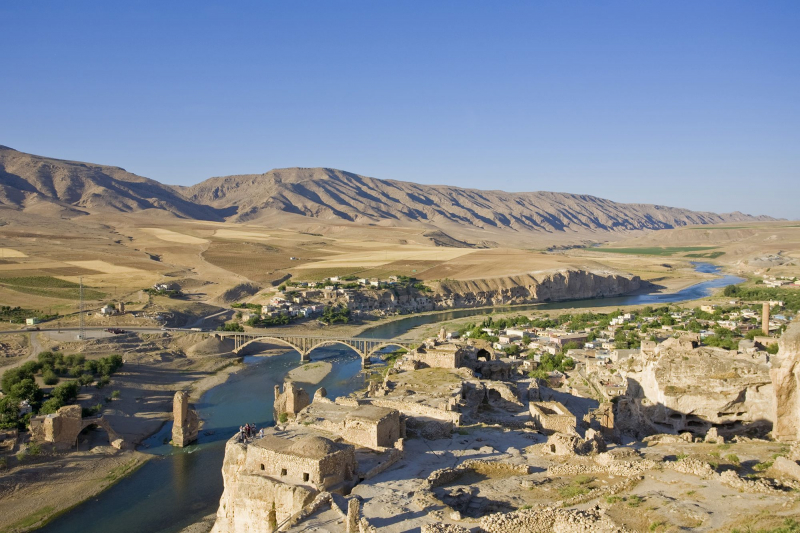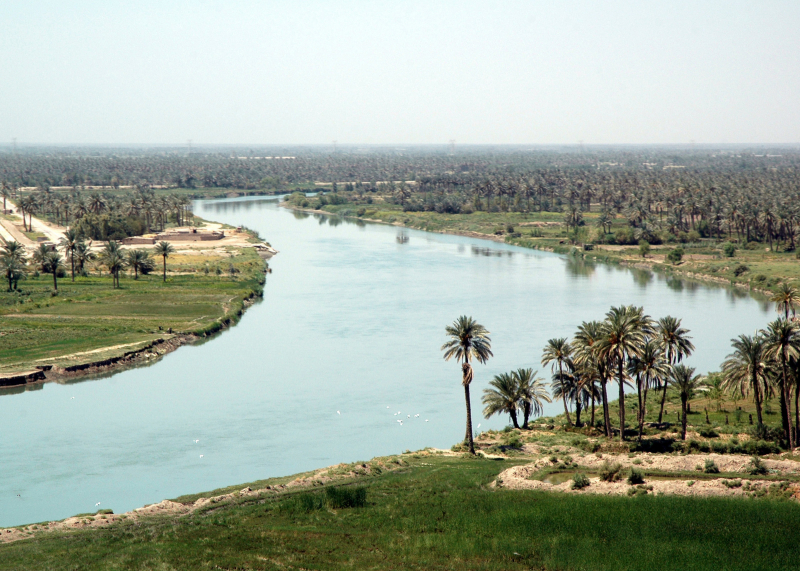Tigris

One of the longest rivers in Syria that characterize Mesopotamia are the Tigris and Euphrates. The Tigris River travels 1,150 miles from Taurus Mountain in Eastern Turkey, through Turkey, and eventually joins the Euphrates near Al-Qurnah to create Shatt-al-Arab. Bagdad, Iraq's capital city, is located on the banks of the Tigris River. The Tigris is a vital transportation waterway for shallow-draft vessels traveling as far as Baghdad. In Iraq and Turkey, the river is largely dammed for irrigation purposes. Damming is also a preventative strategy to prevent flooding in Iraq. Tigris has religious importance as well. It is found in the Bible's Old Testament. It's also referenced in Islamic texts.
The Tigris divides into multiple channels at its confluence with the Euphrates. The artificial Shatt al-Hayy first branches out to join the Euphrates at Nasiriyah. Second, the Shatt al-Muminah and Majar al-Kabir diverge to supply the Central Marshes. Further downstream, two more distributary waterways (Al-Musharrah and Al-Kahla) branch out to feed the Hawizeh Marshes. The main channel continues south until it meets the Al-Kassarah, which drains the Hawizeh Marshes. Finally, near al-Qurnah, the Tigris joins the Euphrates to form the Shatt-al-Arab. Pliny and other ancient historians claim that the Euphrates previously had a separate outflow into the sea from the Tigris.
Length: 1900 km







